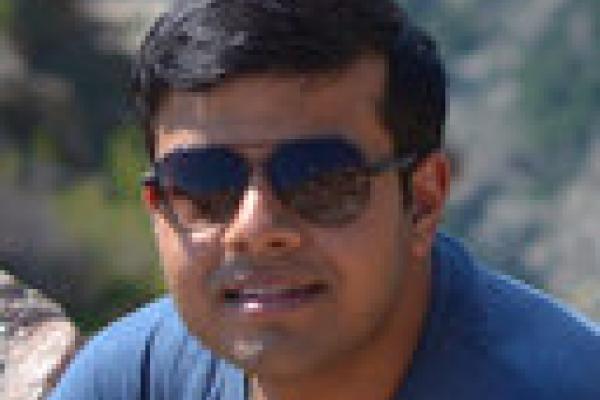
One of the most successful approaches for describing the collective properties of a large number of interacting electrons in a solid-state system relies on a profound concept introduced originally by Landau in the 1950s. The notion of electronic 'quasiparticles', in terms of which the complex many-electron problem becomes much simpler, is one of the cornerstones of the theory of quantum materials. However, a growing number of strongly correlated quantum materials with transition and rare-earth elements display phenomenology that has forced us to confront the existence of quantum matter for which the concept of electronic quasiparticles does not apply. I will present examples of candidate topological materials and parent states of high-temperature superconductors, where band-theory based approaches fail to describe the key properties of these systems. Instead, I will show examples of qualitatively new experimental phenomena that emerge in the regime where interactions dominate over the bandwidth in materials with partially filled d and f electrons. Finally, if time permits, I will also present new experimental results on certain van der Waals heterostructures based platforms including twisted bilayer graphene, where much of the phenomenology described in the rest of my talk can be engineered in a highly controlled fashion by tuning the electronic bandwidth and carrier density.
